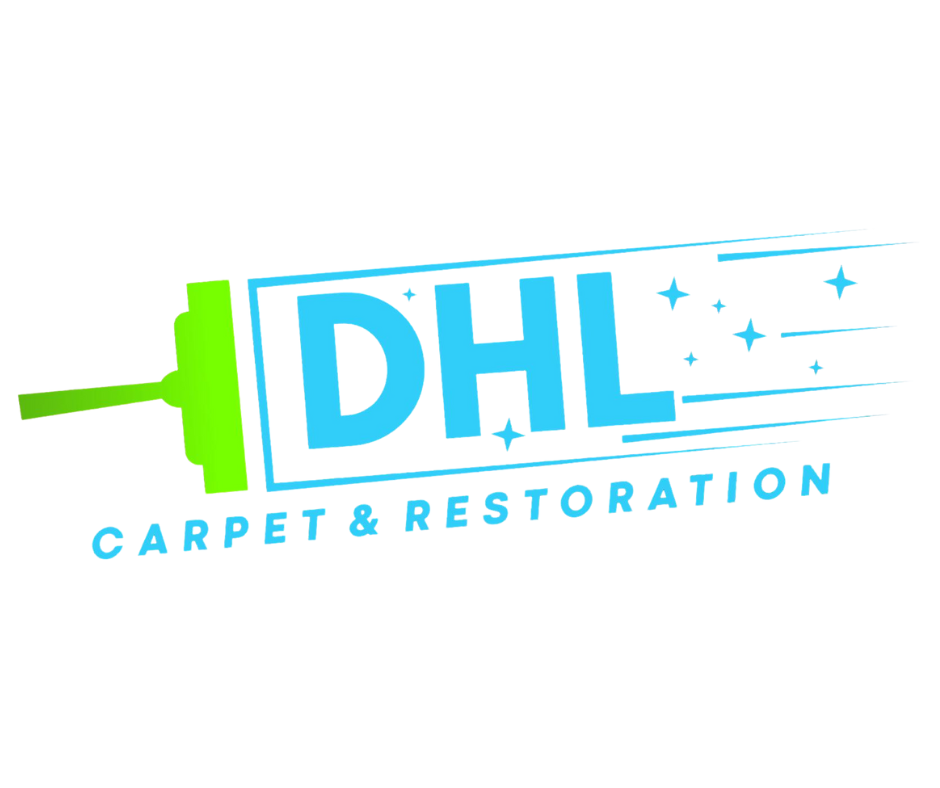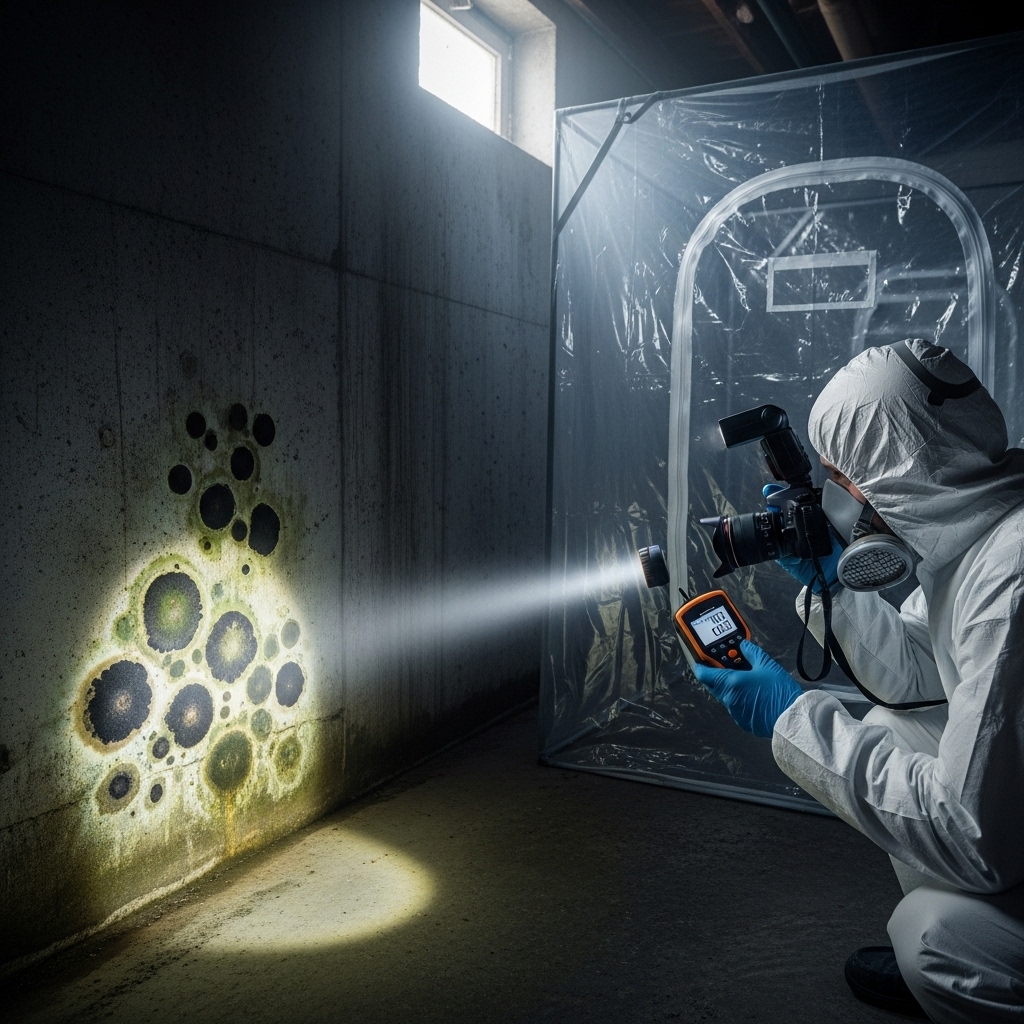Mold Remediation Inspection Guide for New Jersey Properties
A mold remediation inspection sets the foundation for every successful project. In New Jersey, where coastal humidity, seasonal storms, and varied architecture create complex moisture dynamics, a careful inspection is not optional—it is essential. The right inspection clarifies what is growing, why it is growing there, and how to fix the conditions so the problem does not return. If you want to see how a methodical inspection connects to a complete remediation plan, begin by exploring keyword and use this guide to prepare for a thorough evaluation of your property.
Inspections are investigative. They rely on observation, measurement, and building science to piece together the moisture story behind visible symptoms. The best inspectors combine curiosity with discipline: they check obvious locations, but also the hidden pathways where air and water travel. This guide explains what to expect, how your preparation can improve accuracy, and the way findings translate into a clear scope of work.
Before the Inspector Arrives
Your preparation helps the inspection move quickly and yield better data. Gather a brief history of leaks, prior repairs, odors, and seasonal changes. Note when symptoms appear or worsen—after storms, during hot humid spells, or in winter. Clear access to basements, attics, crawlspaces, and mechanical rooms. If you have photographs of previous damage or renovations, have them available. Small steps like these reduce guesswork and focus the inspection on the most relevant areas.
If vulnerable occupants are in the building, mention this early so the inspector can prioritize containment recommendations if immediate risks are present. Similarly, in multi-tenant buildings, coordinate access with property management to examine shared spaces and prevent gaps in the moisture story.
Visual Survey and Symptom Mapping
The inspection begins with a visual survey, noting discoloration, water stains, warping, and odors. The inspector maps symptoms across rooms and levels to identify patterns. For instance, basement corner staining aligned with poor exterior drainage, or attic sheathing spotting near bath fan terminations. Patterns guide deeper checks and prevent missing the root cause.
In New Jersey, common patterns include basement dampness after heavy rain, attic condensation during cold snaps, and humidity-related growth in shore homes closed for part of the year. Recognizing these patterns quickly saves time and supports a targeted remediation plan.
Moisture Measurements and Humidity Readings
Quantifying moisture is central to inspection. The inspector measures surface moisture in materials and records indoor relative humidity. These numbers help distinguish between active leaks and historic damage, and they determine whether drying must accompany removal and cleaning. Repeated measurements at key locations establish a baseline for later verification.
Seasonal context matters. In summer, high ambient humidity elevates readings and may mask the difference between sources; in winter, cold surfaces can trigger condensation in predictable spots. A skilled inspector interprets data within this seasonal frame and recommends strategies appropriate to the time of year.
Investigating Likely Sources
Next, attention turns to sources: plumbing, roofing, drainage, and ventilation. Plumbing inspections focus on supply lines, traps, and connections near bathrooms and kitchens. Roof and attic checks look for penetrations, flashing details, and air leaks from living spaces. Foundation and grading reviews evaluate downspout extensions, soil slope, and signs of groundwater pressure. Ventilation assessments determine whether bath and kitchen fans exhaust outdoors and run long enough to clear moisture.
This source investigation is where building science knowledge shines. Understanding airflow, temperature, and material properties allows the inspector to tie symptoms to a specific cause and outline an effective fix.
Selective Invasive Inspection
If wall cavities or floor assemblies are suspect, the inspector may recommend small, strategic openings to look for hidden growth or moisture. This step is discussed with you in advance, including how repairs will be handled. The goal is to balance thoroughness with minimal disruption, using the smallest openings needed to obtain reliable information.
In older New Jersey buildings with plaster and lath, inspection strategies differ from modern drywall construction. A seasoned inspector adapts methods to the building, reducing the risk of unnecessary damage while still gathering the data required for a solid plan.
Photographs and Documentation
Thorough documentation accompanies every professional inspection. Expect photos of affected areas, moisture readings, and notes on probable sources. This record supports insurance conversations, communication with other trades, and your own understanding. It also establishes a starting point for later verification after remediation and drying are complete.
Good documentation is organized and clear. It identifies locations precisely and pairs images with explanations. You should be able to follow the story from symptom to source to solution without guesswork.
Translating Findings into a Scope of Work
The inspection culminates in a written scope that outlines containment boundaries, removal versus cleaning decisions, and drying targets. It also describes how the team will protect clean areas and how they will move debris safely through the building. The scope anticipates possible hidden conditions and explains how updates will be handled if additional issues are discovered during removal.
In mixed-use buildings or offices, the scope should include scheduling strategies, signage, and protection of common areas. In homes, it should address belongings and family routines. Tailoring the plan to the setting ensures remediation proceeds smoothly.
Common Inspection Findings in New Jersey
Basement findings often include high humidity and efflorescence on masonry, pointing to groundwater influence or insufficient dehumidification. Attic findings commonly involve spotting on the underside of roof sheathing due to air leaks and short-cycling bath fans. Bathrooms may reveal poor ventilation or small plumbing leaks that repeatedly wet surrounding materials. Kitchens sometimes show cabinet base damage from slow leaks, while laundry rooms may present condensation around uninsulated lines.
Shore properties can exhibit widespread, light surface growth from long periods of high humidity when unoccupied. The inspection for these homes includes recommendations for humidity control and periodic ventilation even during off-season months.
Coordination with Other Professionals
Inspection results often call for collaboration. A roofer may be needed to repair flashing; a plumber to fix a slow leak; an HVAC technician to adjust ventilation or balance humidity control. Your inspector should be ready to coordinate recommendations with these trades so the remediation plan addresses root causes as well as visible contamination.
Coordination also applies to multi-tenant buildings, where property managers and neighbors must be informed of access needs and protection plans. Clear communication keeps the project orderly and respectful of shared spaces.
Mid-Inspection Adjustments and Reassessment
As the inspection unfolds, new information may emerge. A good inspector adapts, focusing on areas of highest concern and refining hypotheses. If conditions are worse than expected, they will explain next steps and how containment might need to expand. If the situation is more limited, they will scale the plan appropriately. In the middle of this process, it can be helpful to check established process overviews such as keyword to ensure the plan remains anchored in proven methods.
Owner Participation and Questions to Ask
Be an active participant. Ask where moisture is coming from, what short-term actions you can take immediately, and how success will be measured. Request an explanation of what will be removed versus what can be cleaned, and why. Ask how containment will protect clean rooms and what the plan is for debris removal. Clarify how drying targets will be set and verified. The more you understand, the more confident you will feel throughout the project.
Also ask about prevention: dehumidification, ventilation run times, exterior drainage improvements, and seasonal habits that keep the building dry. A thorough inspector sees prevention as part of the job, not an afterthought.
Frequently Asked Questions
Q: Do I need lab testing during the inspection? A: Not always. If growth is visible and the moisture source is apparent, many projects proceed without testing. Testing may be appropriate for documentation in special cases or when growth is suspected but not visible.
Q: How long does the inspection take? A: Most residential inspections take a few hours, depending on access and complexity. Larger offices or multi-unit buildings may require more time.
Q: What should I do while waiting for remediation? A: Address any active leaks, ventilate damp areas, and manage humidity. Avoid disturbing visible growth until containment is in place.
Q: Can I stay in the building? A: Usually yes, especially if contamination is limited and you avoid affected areas. Your inspector will advise based on findings.
Q: Will all affected materials be removed? A: Porous materials that are significantly impacted are typically removed, while non-porous and some semi-porous surfaces can be cleaned. The scope will explain the rationale for each choice.
Q: How will I know remediation worked? A: Verification includes moisture readings at target levels, clean surfaces confirmed visually, and a review of prevention steps to keep conditions stable.
Turning Inspection into Action
A thorough inspection empowers a precise, efficient remediation plan. It illuminates the path from symptom to source to solution and gives you measurable checkpoints along the way. If you are ready to turn findings into a healthier indoor environment, connect with a New Jersey team that values documentation, containment, and prevention, and take your next step by visiting keyword to align your inspection with proven remediation practices.

